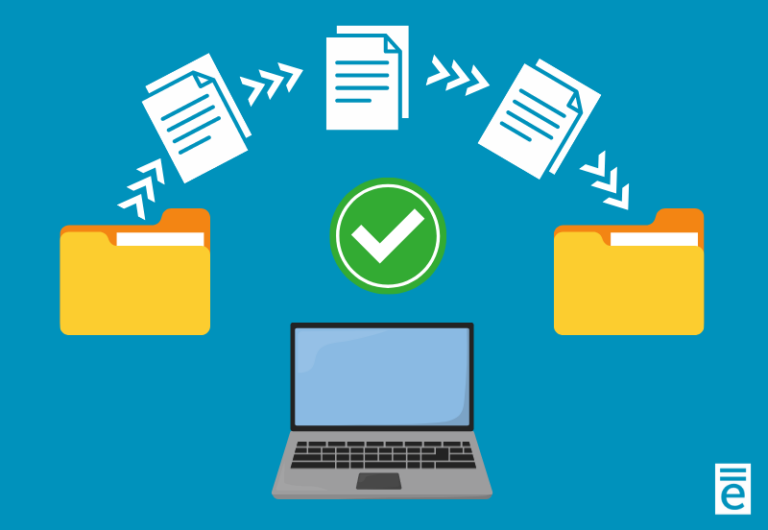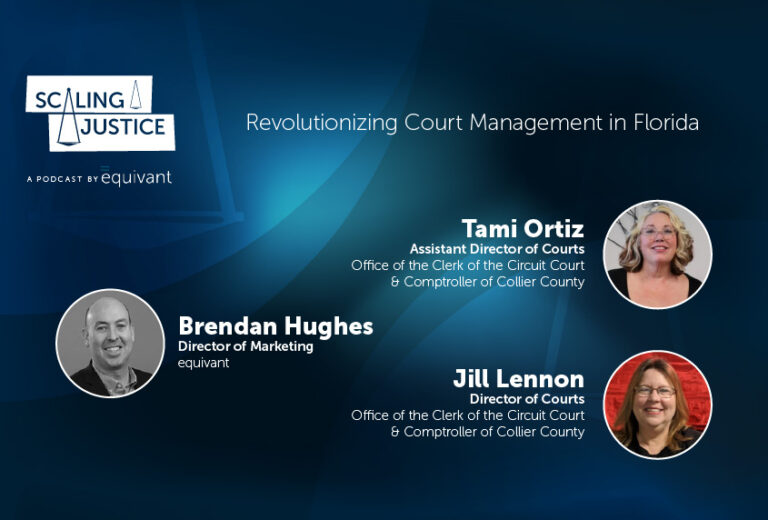Part 2 of equivant’s Best Practices Series
Your team makes decisions every day that have real-life implications for individuals, families, and communities. They also push a lot of paper, digital or otherwise. Which is a better use of their time?
Best Practice: Automate tasks whenever possible to capitalize on your team’s knowledge and skills, allowing them to focus on the critical elements of their job.
In a study on workplace automation, McKinsey found that greater levels of automation can generate a greater amount of meaningful work, allowing people to focus on what’s really important in their jobs in ways they can’t when they’re tied to rote tasks.1
McKinsey suggests that automation should be considered in terms of tasks, not occupations. Could you replace a department head with a computer? No. But could you identify and automate the tasks that are bogging down that person’s day and getting in the way of thoughtful, skilled justice work? Absolutely.
If you’re ready to automate, here’s how to start:
- Work out your W’s. What needs to happen? When does it need to happen? Who needs to know or contribute? Where does information need to go? Clearly defining your processes to understand all the moving parts is the first step in automating them.
- Program your tool. Once you define your needs, set up rules and workflows in your case management tool to automate certain tasks, requests, and work routing. Make sure your tool is flexible enough to accommodate your processes. You’ll find that some things can be completely automated, and for others, you’ll want your team performing critical tasks or starting workflows manually.
- Adapt as your needs adapt. If it’s not easy to create and configure workflows over time as your business processes change, then you’re not using the right tool. As with any operational strategy, it’s important to evaluate how things are working, finetune your processes, remedy bottlenecks, and adjust as needed to keep your team working efficiently, now and in the future.
In addition to expanding your team’s capacity for meaningful work, setting up workflows can also reduce errors and redundancies, help you quickly identify available resources, and guard against anything “falling through the cracks.”
You hired the right people for the job. Now, it’s time to let your people focus on the right jobs.
Are you ready to help your team maximize their potential? Let us show you how JWorks can bring efficiency and productivity back to your team’s work and help you focus on what matters most to your community. Contact us today for a free demo.
1 McKinsey, Four Fundamentals of Workplace Automation




